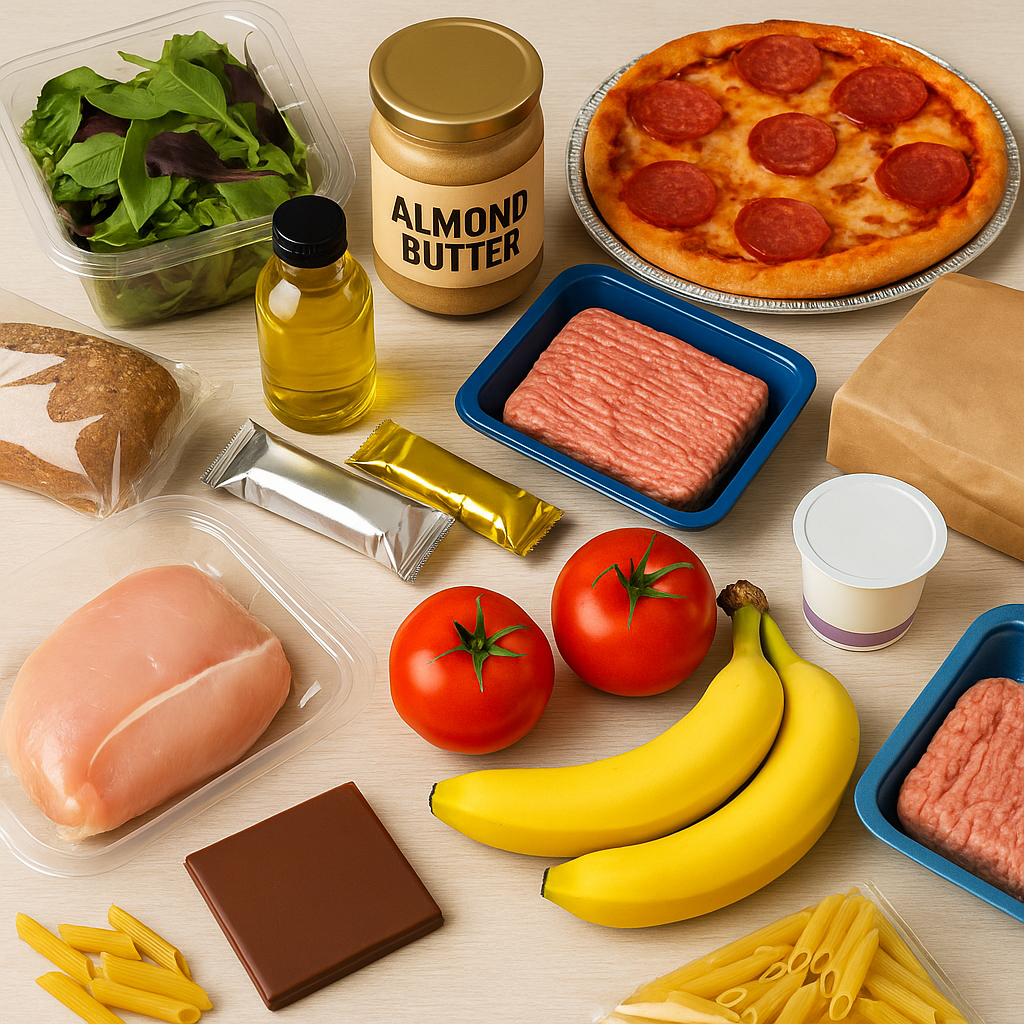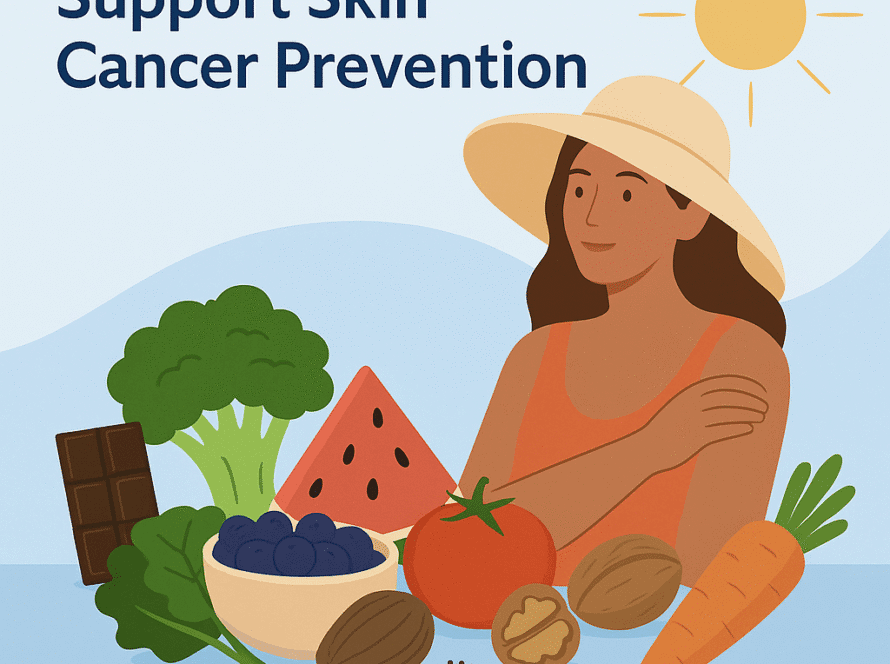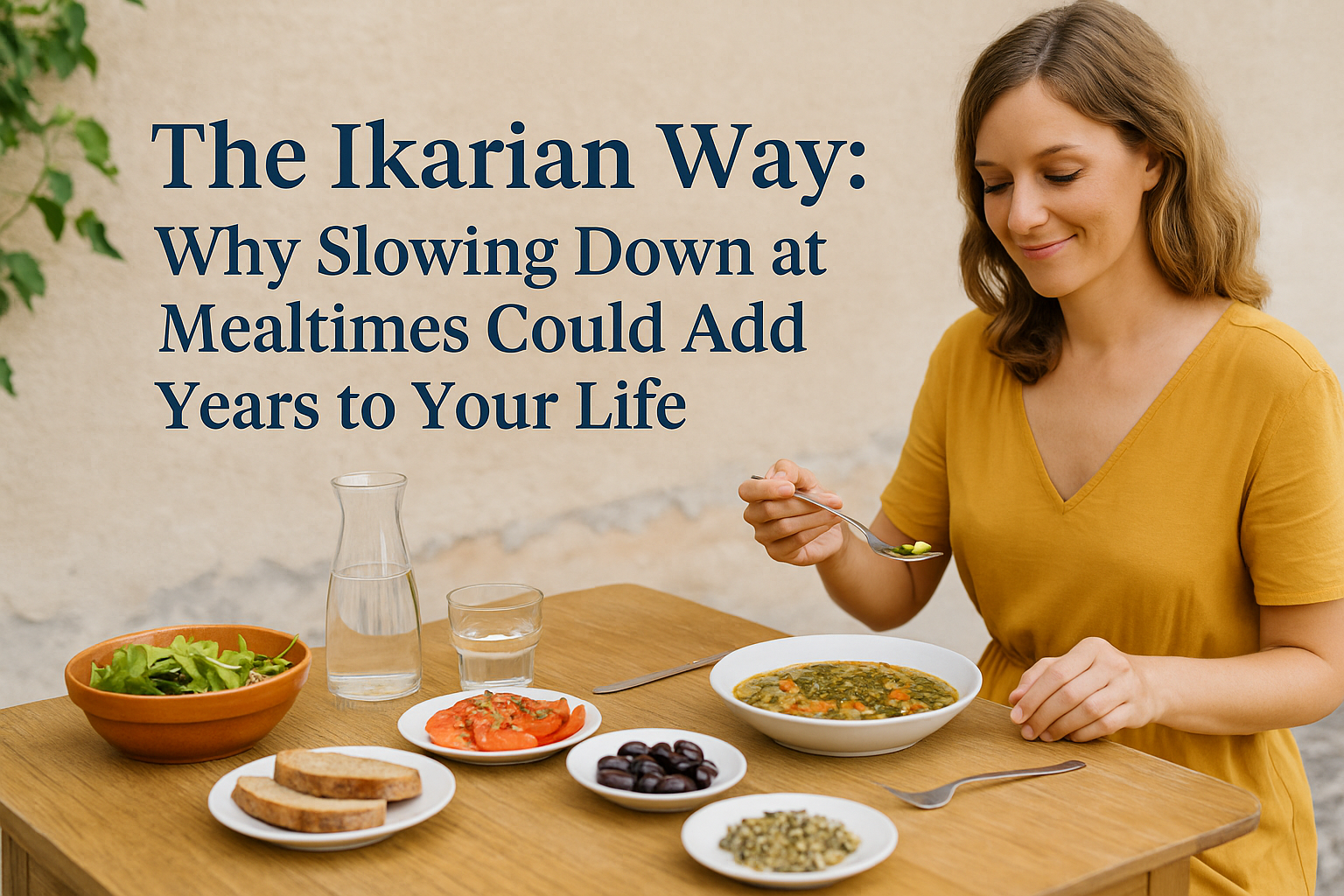We all know that a healthy diet starts with making informed food choices. But in a world full of marketing buzzwords and long, scientific-sounding ingredient lists, knowing what you’re actually eating can be far from straightforward.
Food labels are meant to help us, but they’re often designed to sell a product — not to prioritise your health. So today, let’s break down how to really read a food label and uncover what’s behind the packaging.
1. Don’t Be Fooled by the Front
Phrases like “natural,” “wholegrain,” “no added sugar,” or “low-fat” are not regulated as strictly as you might think. These terms may sound healthy, but they often disguise ultra-processed products high in hidden sugars, artificial sweeteners, or poor-quality oils.
Tip: Always turn the product around and read the ingredients and nutrition panel — the truth is on the back.
2. Scan the Ingredient List First
Ingredients are listed in descending order by weight. So if sugar, glucose syrup or vegetable oil are among the first three ingredients — that’s a red flag.
Watch out for:
- Sugar by another name: agave nectar, cane juice, dextrose, fructose, maltodextrin, syrup (of any kind).
- Vegetable/seed oils: sunflower, rapeseed, corn, soybean — especially if refined or hydrogenated.
- Additives & preservatives: anything with a number (E102, E621) or names you can’t pronounce.
If it looks like a chemistry lesson, it’s best left on the shelf.
3. Be Cautious with “Low-Fat” or “No-Fat” Claims
These products are often compensated with added sugar, thickeners, or artificial flavourings to make up for lost taste and texture. Natural, healthy fats — like those found in avocados, nuts, seeds, and olive oil — should not be feared. What matters is the quality of fat, not just the quantity.
4. Check Serving Sizes
Nutritional values are usually listed “per serving,” but manufacturers often choose unrealistic serving sizes to make their products seem healthier. For example, a small biscuit might be labelled “only 90 calories” — but the pack contains four biscuits, and most people will eat them all.
Tip: Be aware of how much you’ll actually eat, not what’s claimed on the label.
5. Understand Nutritional Panels
When reading the table of values, pay attention to:
- Sugar: Aim for <5g per 100g for low-sugar products.
- Fibre: More is better — good fibre intake supports gut health.
- Salt (sodium): Look for <0.3g per 100g for low-salt options.
- Protein and fat: Consider them in context — protein is essential, and healthy fats are protective.
6. Go for Foods Without Labels
Ultimately, the healthiest foods are usually the ones without labels at all — fresh vegetables, fruit, nuts, seeds, legumes, whole grains, and good-quality protein sources. If it had a face or grew in the ground, it’s probably a better choice.
Final Thoughts
Learning to decode food labels is an empowering skill. It allows you to make conscious decisions that support your energy, digestion, mood and long-term health — instead of relying on marketing tricks.
Next time you’re in the supermarket, take an extra moment to read a label carefully. You might be surprised by what’s really inside.
Written by Milvia Pili (FNTP)
Nutritional Therapist | Blue Zone Nutrition




